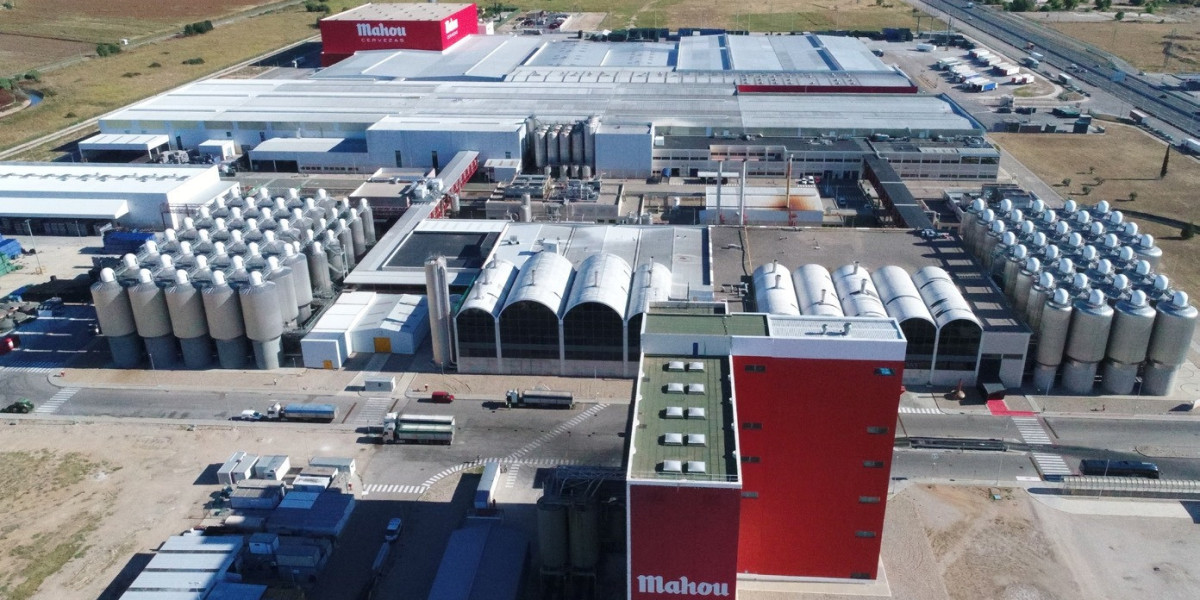Piezoelectric Actuators and Motors Market: Growth Driven by Precision and Efficiency
The piezoelectric actuators and motors market, valued at USD 7.89 billion in 2022, is poised for steady growth as demand for high-precision motion control systems and energy-efficient solutions continues to rise across various industries. The market is expected to grow from USD 8.24 billion in 2023 to USD 12.3 billion by 2032, reflecting a compound annual growth rate (CAGR) of 4.55% during the forecast period (2024–2032).
Market Drivers and Growth Factors
- Demand for Precision in Automation and Robotics
One of the key drivers behind the growth of piezoelectric actuators and motors is the rising demand for high-precision systems in automation and robotics. Piezoelectric actuators, which offer precise motion control with high resolution, are crucial in applications where accuracy is paramount, such as micro-assembly, 3D printing, and medical devices. The ability to deliver fine movements without mechanical backlash makes piezoelectric technology ideal for industries requiring ultraprecise operations.
- Growth in Medical Devices and Healthcare Technologies
The medical sector is a significant contributor to the market's expansion. Piezoelectric actuators are used in medical devices such as ultrasonic imaging equipment, prosthetics, surgical tools, and drug delivery systems due to their compact size, lightweight nature, and ability to generate precise motion. The growing demand for minimally invasive surgery and diagnostic imaging technologies is expected to further fuel the need for piezoelectric solutions.
- Advancements in Automotive and Aerospace
In the automotive and aerospace industries, piezoelectric actuators are used in systems requiring high reliability and efficient power consumption, such as in fuel injectors, active vibration control systems, and aircraft wing flaps. The growing adoption of electric vehicles (EVs), autonomous vehicles, and next-generation aircraft is driving innovation and demand for piezoelectric motors and actuators that can provide precision actuation in challenging environments.
- Energy Efficiency and Miniaturization
Piezoelectric actuators and motors are highly energy-efficient and can operate in compact designs, making them attractive for applications where space constraints are critical. Their ability to generate motion without the need for large, energy-consuming motors is a key selling point in battery-operated devices, portable electronics, and sensors. With increasing demand for miniaturized electronics, piezoelectric technologies are positioned to serve industries where low power consumption and small form factor are essential.
Market Segmentation
- By Type of Actuator
Piezoelectric Motors: The segment involving piezoelectric motors is expected to grow significantly due to the continuous development of high-efficiency, compact motors for various industries such as automotive and robotics.
Piezoelectric Actuators: Piezoelectric actuators are expected to dominate the market due to their widespread use in applications requiring precise control, such as in nano-positioning and medical devices.
- By Application
Robotics and Automation: The demand for piezoelectric actuators in robotic systems and automated machinery is growing due to the need for accurate and repeatable movements.
Healthcare and Medical Devices: Piezoelectric technology is becoming indispensable in surgical robots, imaging devices, and drug delivery systems, where small, precise movements are crucial.
Industrial Automation: Industries such as semiconductors, electronics, and manufacturing are increasingly incorporating piezoelectric actuators in motion control systems for their reliability and precision.
Consumer Electronics: With the demand for miniaturized and energy-efficient systems in smartphones, wearable tech, and portable gadgets, piezoelectric actuators are expected to be in demand for haptic feedback and precision motor control.
Regional Insights
- North America
North America holds a significant share of the piezoelectric actuators and motors market, driven by a highly developed aerospace industry, automotive innovations, and the expansion of healthcare technologies. The United States is expected to remain a leading player in this market, particularly in medical devices, advanced robotics, and energy-efficient applications.
- Europe
Europe is another key market for piezoelectric technologies, with significant demand coming from the automotive, robotics, and aerospace sectors. Countries such as Germany, France, and the UK are focusing on developing more energy-efficient, environmentally friendly, and innovative industrial technologies, which supports the adoption of piezoelectric actuators and motors.
- Asia-Pacific
The Asia-Pacific region is set to witness the fastest growth in the piezoelectric actuators and motors market. China, Japan, and South Korea are leading in the adoption of these technologies, particularly in the electronics, automotive, and robotics industries. With ongoing investments in smart manufacturing, advanced robotics, and medical device development, the demand for piezoelectric actuators is expected to soar in this region.
Challenges and Opportunities
Challenges
High Production Costs: The cost of manufacturing piezoelectric materials and systems can be high, which might restrict adoption in cost-sensitive applications.
Technological Complexity: While piezoelectric actuators offer exceptional precision, their complex manufacturing and design requirements might limit their application in some industries.
Opportunities
Emerging Applications in Aerospace and Defense: The growing need for smart, adaptable materials in aerospace and defense could increase demand for piezoelectric actuators in sensors, positioning systems, and actuation devices.
Miniaturization in Consumer Electronics: As the demand for smaller, more energy-efficient devices rises, piezoelectric technologies are well-positioned to capture the attention of the consumer electronics sector.
Advancements in Nanotechnology: The integration of piezoelectric actuators in nano-positioning systems and advanced research equipment is expected to drive future growth.
Future Outlook
The piezoelectric actuators and motors market is poised for steady growth driven by the increasing demand for precision, energy efficiency, and miniaturization across various high-tech industries. From robotics and automation to medical devices and aerospace, the need for highly reliable, compact, and precise motion control systems is expected to continue to rise.
Innovations in piezoelectric materials, manufacturing techniques, and integration with next-generation technologies are set to drive the market forward. As industries embrace more sustainable and high-efficiency solutions, piezoelectric actuators and motors will remain a crucial component in the smart technologies shaping the future of industrial automation, healthcare, and consumer electronics.



